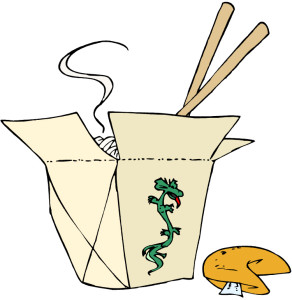
The process that led to Simplified Chinese—with a first official version issued in 1956—took place in the second half of the 20th century in response to a policy of the People’s Republic of China meant to make the learning of the written language more widely accessible. But, what are the differences? A Chinese character is made up of various strokes, and some characters are much more complex than others. This complexity is not only based on the number of pen strokes required but also on the way the strokes are arranged graphically. Thus, the simplified version is as its name implies, a less complex version allowing for easier reading and writing by a larger number of people who wish to learn it.
These writing systems must not be confused with Mandarin or Cantonese, which are dialects of the Chinese language. Mandarin is spoken in mainland China, while in places like Guangdong province (formerly Canton in English) and Hong Kong, Cantonese is the main dialect spoken. In mainland China, Simplified Chinese is what is used in writing, while in Taiwan, Hong Kong, Macau, and many overseas Chinese communities, Traditional Chinese is used.
Therefore, when requesting a translation into Chinese, it is important to be aware of what region the text will be directed to. If this is targeted for the People’s Republic of China, or an international conference, most likely we will want to use Simplified Chinese, as Simplified is the standard there. And otherwise, if these are texts for regions such as Hong Kong, for example, we should consider the translation into Traditional Chinese.
For more details on this and other topics related to Chinese translation, visit our page at Trusted Translations





